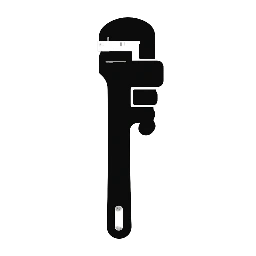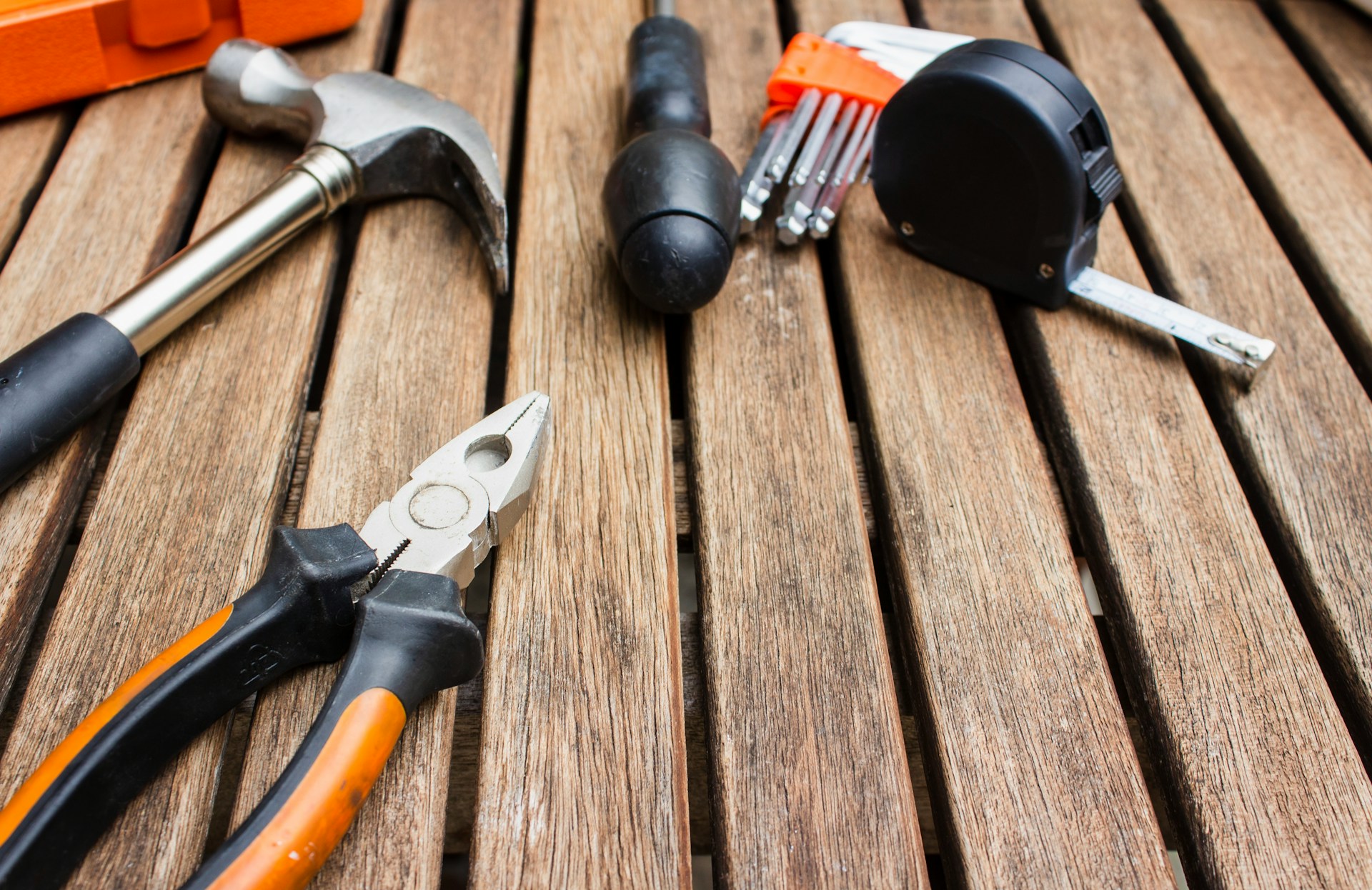Pipe relining is a trenchless technology used to repair damaged pipes without the need for extensive excavation. This method involves inserting a new liner into the existing pipe, which then cures to form a durable, seamless “pipe within a pipe.” The success of pipe relining heavily relies on specialized equipment designed for various stages of the process.
This guide will walk you through the essential equipment used in pipe relining.
How-To Guide: Understanding Pipe Relining Equipment
1. Inspection and Assessment Equipment
Before any relining can occur, the existing pipe needs to be thoroughly inspected to assess the damage and determine the best course of action.
- CCTV Pipe Inspection Camera: This is the most crucial piece of equipment for initial assessment. These cameras are specifically designed to navigate through pipes, capturing video footage of the interior.
- Components:
- Camera Head: Equipped with lights (LEDs) for illumination and a high-resolution camera lens. Some advanced models offer pan-and-tilt capabilities.
- Push Rod or Robotic Crawler: The camera head is attached to a flexible push rod for smaller diameter pipes or a motorized robotic crawler for larger, longer pipes.
- Control Unit and Monitor: Allows the operator to maneuver the camera, record footage, and view the live feed.
- Purpose: Identifies cracks, breaks, root intrusion, blockages, misaligned joints, and other structural defects.
- Components:
- Sewer & Drain Locators: These devices help pinpoint the exact location and depth of underground pipes and potential problem areas identified by the camera.
- Components: Transmitter (sends a signal through the pipe) and Receiver (detects the signal).
- Purpose: Crucial for accurate digging if spot repairs are needed or to confirm the pipe’s path.
2. Pipe Cleaning and Preparation Equipment
Once the pipe’s condition is assessed, it needs to be thoroughly cleaned to ensure proper adhesion of the new liner.
- High-Pressure Water Jetters (Hydro-Jetters): These powerful machines use highly pressurized water streams to blast away debris, roots, grease, and other obstructions from the pipe walls.
- Components: High-pressure pump, water tank, specialized nozzles (various spray patterns for different types of blockages), and a high-pressure hose.
- Purpose: Cleans the pipe thoroughly, creating a smooth surface for the liner to bond with. Different nozzle types are used for specific tasks, e.g., root cutters, degreasing nozzles.
- Sewer Cleaning Machines (Cable Machines/Drain Snakes): For tougher blockages or roots that hydro-jetting might not completely remove, these machines use rotating cables with various cutting heads.
- Components: Motorized drum, flexible cable, and various auger/cutter heads.
- Purpose: Physically breaks up and removes stubborn obstructions.
- Pipe Grinders/Reamers: Used to remove calcium buildup, scale, or other hard deposits from the pipe’s interior, ensuring a uniform diameter for the liner.
- Purpose: Prepares the pipe for a smooth, consistent application of the liner.
3. Liner Impregnation and Insertion Equipment
This is where the relining magic happens. The liner, typically a felt or fiberglass material, is saturated with a resin mixture and then inserted into the damaged pipe.
- Resin Mixing Equipment:
- Mixing Paddles/Stirrers: Used to thoroughly mix the two-part epoxy or silicate resin components (resin and hardener).
- Buckets/Containers: For holding and mixing the resin.
- Purpose: Ensures a homogeneous resin mixture, critical for proper curing.
- Wet-Out Tables/Impregnation Rollers: These specialized tables allow for the controlled saturation of the felt or fiberglass liner with the mixed resin.
- Components: Flat surface, often with rollers, to evenly distribute the resin throughout the liner material.
- Purpose: Ensures the liner is fully saturated with the resin, which will later harden to form the new pipe.
- Inversion Drums/Air Inverters/Water Inverters: These are the primary tools for inserting the resin-impregnated liner into the host pipe. They use air pressure or water pressure to “invert” or push the liner through the pipe.
- Air Inverters: Use compressed air to turn the liner inside out as it’s pushed into the pipe. Often preferred for their speed.
- Water Inverters: Use a column of water to push and invert the liner. Can be advantageous for longer or more complex runs due to controlled pressure.
- Components: Pressure vessel, air compressor/water pump, and a connection to the pipe opening.
- Purpose: To flawlessly insert the wet liner into the existing pipe, ensuring it conforms to the pipe’s shape and reaches the damaged section.
- Pull-in-Place (PIP) Equipment: An alternative to inversion, where the liner is pulled through the host pipe using a winch and then inflated.
- Components: Winch, pull rope, and an inflation device (often an air compressor).
- Purpose: Suitable for certain pipe configurations or when inversion is not feasible.
4. Curing Equipment
Once the liner is in place, the resin needs to cure (harden) to form the new structural pipe.
- Hot Water Boilers/Heaters: For hot water curing, these systems heat water which is then circulated through the inverted liner, accelerating the resin’s curing process.
- Components: Boiler, hoses, and circulation pump.
- Purpose: Provides the necessary heat for the resin to polymerize and harden efficiently.
- Steam Generators: Similar to hot water, steam can also be used to cure the resin, offering fast curing times.
- Components: Steam generator, hoses.
- Purpose: Accelerates the curing process.
- UV Light Curing Systems: For UV-curable resins, specialized UV light trains are pulled through the inverted liner, emitting ultraviolet light that triggers the curing process.
- Components: UV light train (with multiple UV lamps), winch system for pulling, and a control unit.
- Purpose: Offers very fast curing times, often within minutes, reducing project duration.
- Ambient Curing: In some cases, especially with certain resin types and smaller pipes, the resin can cure at ambient temperatures without external heat.
- Purpose: Simplest curing method, but curing times are longer.
5. Post-Curing Equipment
After the liner has cured, a final inspection and sometimes a finishing step are required.
- Robotic Cutters/Pipe Cutters: If lateral connections (branch lines) were covered by the new liner, robotic cutters with spinning blades are used to precisely cut out the openings.
- Components: Robotic arm, cutting head (various sizes and shapes), and a control unit. Often integrated with CCTV cameras for precise operation.
- Purpose: Reinstates connections to the main line after relining.
- CCTV Pipe Inspection Camera (Post-Inspection): The camera is used again to perform a final inspection of the newly relined pipe to ensure its integrity and that all lateral connections have been properly reinstated.
- Purpose: Quality control and final verification of the repair.
Key Considerations When Choosing Equipment:
- Pipe Diameter and Length: Different equipment is designed for specific pipe sizes and lengths.
- Pipe Material: While relining is versatile, some materials might require specific preparation.
- Type of Damage: The severity and type of damage can influence the cleaning and preparation equipment needed.
- Resin Type: The chosen resin (epoxy, silicate, UV-curable) dictates the curing equipment.
- Accessibility: The ease of access to the pipe will influence the choice of inversion method.
- Budget: Equipment costs vary significantly, so consider your budget and the potential return on investment.
- Training and Safety: Proper training on all equipment is essential for effective and safe operation.
By understanding the function and importance of each piece of pipe relining equipment, you can appreciate the sophistication of this trench-less technology and its ability to provide efficient and long-lasting pipe repair solutions.


Leave a Reply